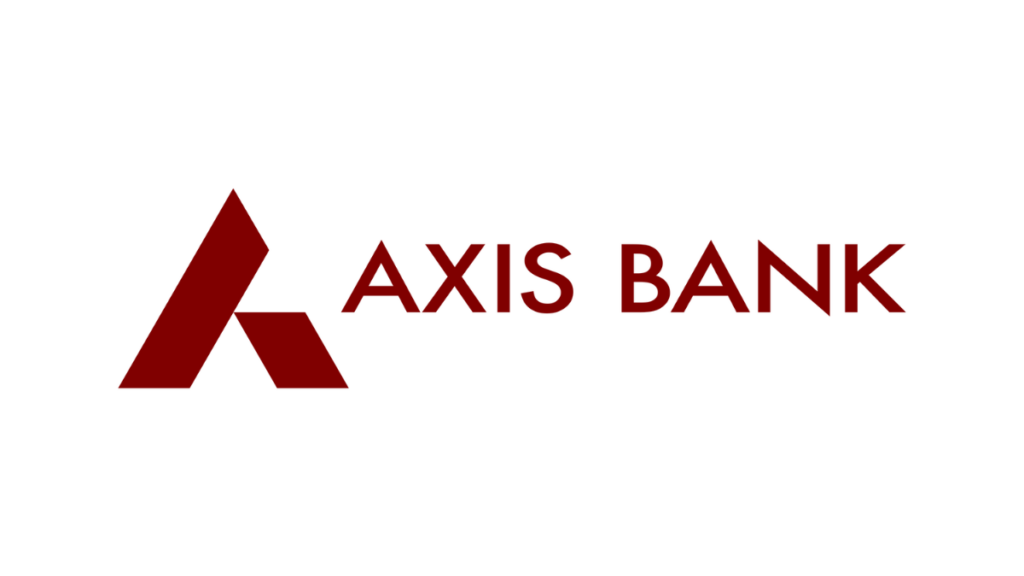Axis Bank Ltd reported its Q3 FY25 results, which fell short of analyst expectations on multiple fronts. While net profit rose to ₹6,304 crore, the results were overshadowed by concerns over higher credit costs, sluggish deposit growth, and a spike in slippages. Analysts have responded by lowering earnings estimates and target prices, reflecting concerns about the bank’s near-term growth potential.
Let’s delve into the reasons behind the muted performance and what it means for investors.
Key Challenges from Q3 Results
1. Soaring Credit Costs
Credit costs rose sharply during the quarter, marking the highest among the top five banks. This uptick was driven by tightened provisioning policies aimed at addressing increasing slippages, particularly in the agriculture and unsecured loan segments.
- Slippage Spike: The slippage ratio rose to 3.6% of lagged loans, up from 3.1% QoQ, further pressuring credit costs.
2. Sluggish Deposit Growth
Axis Bank reported muted deposit growth, which lagged behind its peers. The slow growth in deposits has resulted in a credit-deposit (C/D) ratio of 92.6%, raising concerns about constrained credit growth in the near term.
3. Declining Margins
Net interest margins (NIM) saw a sequential decline of 6 basis points (bps) during Q3, reflecting the impact of deposit re-pricing and the bank’s struggle to maintain its core lending profitability.
4. Weak Core Income
Core income showed a sequential decline, with subdued growth in fee income and net interest income. This was partially offset by lower operating expenses, which lifted pre-provision operating profit (PPOP) by 5% QoQ.
Analyst Reactions and Target Price Revisions
Motilal Oswal Financial Services (MOFSL)
MOFSL highlighted the challenges posed by Axis Bank’s asset quality deterioration and high credit costs. While recognizing the limited downside risk from current stock levels, it expressed caution over near-term growth prospects.
- Key Observations:
- Slippage concerns due to agricultural and unsecured loans.
- Re-pricing of deposits likely to keep margins in check.
- Reduction in FY26 and FY27 earnings estimates by 4-5%.
- Target Price: ₹1,175
Nuvama Institutional Equities
Nuvama noted that Axis Bank delivered a soft Q3FY25, with weak deposit growth and lower fees compounding the impact of rising credit costs.
- Key Observations:
- Core income remained weak, while slippages spiked.
- Cut EPS estimates for FY25 and FY26 by 2% and 5%, respectively.
- Target Price: Revised downward to ₹1,220 from ₹1,335.
Arihant Capital Markets
Arihant emphasized that Axis Bank’s Q3 earnings reflected the slowest growth in several quarters, attributed to the challenging macroeconomic environment.
- Key Observations:
- Management’s cautious outlook on customer asset growth.
- Impact of slower economic growth on asset quality and deposits.
- Target Price: ₹1,383
Broader Implications for the Banking Sector
Axis Bank’s subdued performance also dragged down other major private-sector banks, including HDFC Bank, ICICI Bank, and Kotak Mahindra Bank, as investor sentiment turned cautious.
Analysts believe the macroeconomic environment, characterized by slow economic growth and elevated interest rates, is impacting the broader banking sector. Despite these challenges, long-term investors may find opportunities to accumulate shares of high-quality banks at reasonable valuations.
Long-Term Outlook for Axis Bank
While the near-term challenges are evident, some analysts remain cautiously optimistic about Axis Bank’s long-term prospects:
1. Focus on Asset Quality
The bank’s efforts to tighten provisioning policies and address slippage issues could stabilize asset quality in the coming quarters.
2. Growth Potential
As the economy recovers, Axis Bank’s focus on enhancing credit growth and improving deposit mobilization could yield positive results over time.
3. Valuation Opportunities
With its current valuation reflecting the impact of Q3 challenges, Axis Bank may present a buying opportunity for long-term investors willing to withstand short-term volatility.
FAQs
Why did Axis Bank’s Q3 results disappoint investors?
Axis Bank’s Q3 results missed key parameters, with concerns over soaring credit costs, sluggish deposit growth, and a spike in slippages overshadowing its net profit growth.
What are credit costs, and why are they significant?
Credit costs refer to the expenses banks incur to cover potential loan defaults. Axis Bank’s credit costs were the highest among top five banks in Q3, raising concerns about asset quality.
How has deposit growth impacted Axis Bank?
Axis Bank reported the slowest deposit growth among its peers, resulting in a high credit-deposit ratio (92.6%), which could constrain its ability to grow credit in the near term.
What is the outlook for Axis Bank’s stock?
While near-term challenges persist, analysts believe long-term opportunities remain, especially if the bank addresses its asset quality issues and improves deposit growth.
Why are analysts cutting target prices for Axis Bank?
Analysts have lowered target prices due to weaker-than-expected Q3 results, reduced earnings estimates, and concerns over the macroeconomic environment.
How does Axis Bank compare to its peers?
Axis Bank’s credit costs and deposit growth lagged behind peers like HDFC Bank and ICICI Bank in Q3, but it remains a strong contender in the private banking space.
What actions is Axis Bank taking to address challenges?
Axis Bank is focusing on tightening provisioning policies, improving deposit mobilization, and enhancing operational efficiency to address current challenges.
Should investors consider buying Axis Bank shares now?
Long-term investors may consider accumulating Axis Bank shares during dips, focusing on the bank’s potential for recovery as economic conditions stabilize.
Click here to know more.

